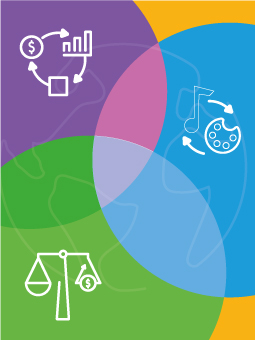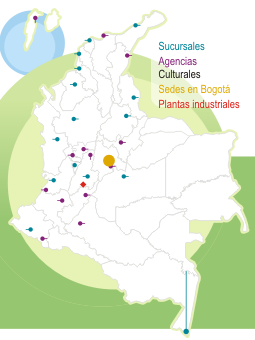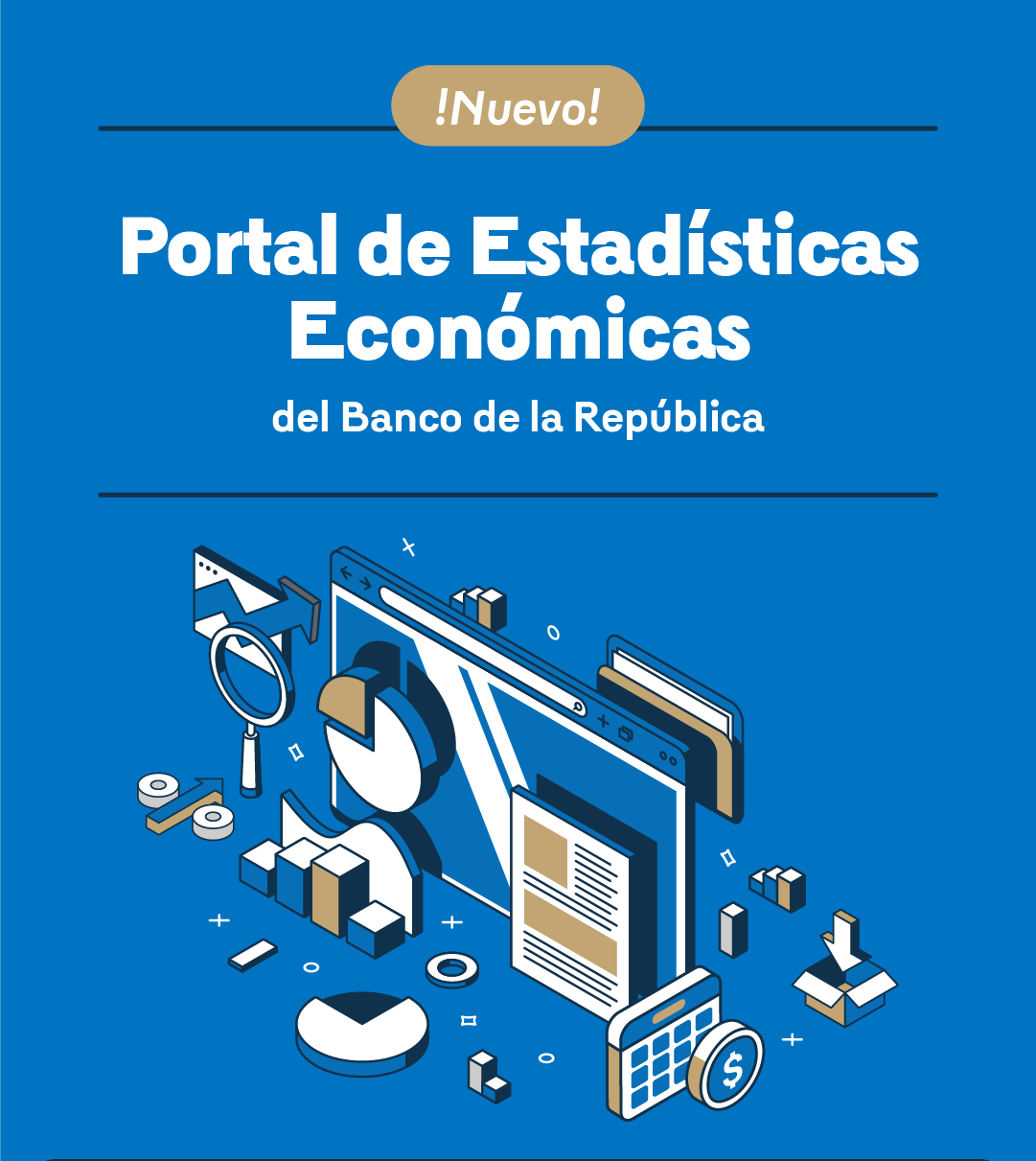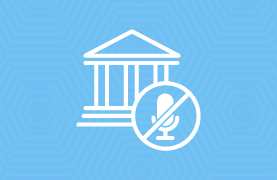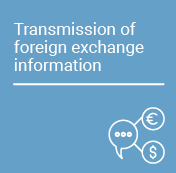Servicios
|
The Covid-19 pandemic caused an economic downturn and an unprecedented increase in the unemployment rate. In April 2020, when the impact of the pandemic was strongest, the National Department of Statistics (DANE) estimated that economic activity dropped at an annual rate of 20.1% based on the…
|
|
In the last year (to April 2019), government deposits at the Central Bank of Colombia have increased by COP $7.6 trillion. This movement generates a monetary contraction. It is the Central Bank's role to provide the liquidity required by the economy in the terms and conditions it deems appropriate…
|
|
In their meeting today, the Board of Directors of the Banco de la Republica decided to hold the benchmark interest rate at 3.25%. In making this decision, the Board took the following relevant factors into account:- The figures for the third quarter show that the growth of a large number of…
|
|
In this paper we find empirical evidence of bank lending channel for Colombia, using a balanced panel data of about four thousand non-financial firms. We find that increases in the interest rate, proxiing for the monetary policy instrument, lead to a reduction in the proportion of bank loans, out…
|
|
This paper tests the importance of the financial structure of banks in the bank lending channel of monetary policy transmission in Colombia, using an unbalanced panel of 51 banks for the period of 1996:4-2014:8. We find that an increase in the interbank rate (proxy of the intervention rate) has a…
|
|
We study the existence of a monetary policy transmission mechanism through banks in Colombia, using monthly banks’ balance sheet data for the period 1996:4 – 2012:12. We obtain results which are consistent with the basic postulates of the bank lending channel (and the risk-taking channel)…
|
|
Bank reserves are an economic policy instrument traditionally overseen by central banks that requires banks and other credit institutions to maintain a reserve of liquid assets in cash or in their accounts at the Central Bank. The reserve ratio is the ratio of these bank reserves to public deposits…
|
|
The Board of Directors of the Central Bank of Colombia, in today’s meeting, approved the Bank's 2017 financial statements. Both the Auditor General to the Bank and the external audit firm Deloitte issued their opinion on said statements without any observations. Additionally, the Office of the…
|
|
In this paper, we study the empirical relationship between credit funding sources and the financial vulnerability of the Colombian banking system. We propose a statistical model to measure and predict banking-fragility episodes associated with credit funding sources classified into retail deposits…
|
|
Cumulative annual production of banknotes and coins by denominationThis report contains the statistics and historical production records and its annual shares by denomination.
|
|
This paper examines trends in banknote printing during the period 2000-2005 for a crosssection of 56 central banks. It was identified that central banks have implemented new strategies to increase efficiency in the production of banknotes, primarily due to the increase in the demand for currency in…
|
|
The central bank issues the country’s currency in the form of banknotes and coins. This is an exclusive function that may not be delegated. Consequently, the production, issue, supply and destruction of all Colombian currency is solely the responsibility of Banco de la República.
|
|
In complex systems, homogeneity (i.e. lack of diversity) has been documented as a source of fragility. Likewise, financial sector’s homogeneity has been documented as a contributing factor for systemic risk. We assess homogeneity in the Colombian case by measuring how similar banks are regarding…
|
|
The opinions contained in this document are the sole responsibility of the author and do not commit Banco de la República or its Board of Directors.
|
|
A recent research paper authored by Jair Ojeda from Banco de la República (the Central Bank of Colombia), published in the Working Papers on Economics series, examines the impact of remittances from abroad on housing prices in Colombia. The study focuses on the analysis of remittance flow…
|
|
A recent document of the journal Ensayos sobre Política Económica (ESPE) from Banco de la República (the Central Bank of Colombia) contains the results of multiple analyses of the effect of the minimum wage on the labor market, income distribution, public finances, prices, and the economic activity…
|
|
Followers of monetary policy and inflation are familiar with the decisions made by the Board of Directors of Banco de la República regarding the monetary policy interest rate (MPR), which experiences periods of increase and decrease, always aiming to keep inflation around its 3.0% target. This rate…
|
|
General Objective“BanRep desde el lente” is a contest of videos that promotes research on high school students. It aims to instill in young people passion for understanding what happens in the economy and how it is related to their lives. Technology, and social networks are used as learning tools…
|
|
Banrep Interviews is a new space to learn about the perspectives of the relevant people who are part of Banco de la República (the Central Bank of Colombia – Banrep). It is also a means to get to know a little more about them. The first Banrep Interviewee is Bibiana Taboada, a member of the…
|
|
Complete tittle: The Banco de la Republica Leaves the Benchmark Interest Rate Unaltered and Continues he International Reserve Purchase ProgramIn their meeting today, the Board of Directors of the Banco de la Republica decided to leave the benchmark interest rate at 3.25%. In making this decision,…
|
|
Annual inflation dropped from 6.1% to 5.8% between August and September. Leading this decline was the regulated items group, whose annual inflation decreased by one percentage point from 11.1% to 10.1%, mainly driven by the fuels component. Food inflation also registered a significant drop (from 3.…
|
|
Annual inflation fell in August to 6.1%, below forecasts by the Bank’s technical staff and the market. This easing was partly driven by lower-than-expected prices in the food basket, with food inflation falling from 5.3% to 3.4% between July and August, primarily resulting from an ample supply of…
|
|
In December, annual inflation remained at 5.2%, unchanged from the levels seen in November. Monthly inflation (0.46%) driven by food price inflation, which climbed from 2.3% to 3.3%, exceeded the expectations of both the market (0.40%) and the technical staff (0.34%). Core inflation, excluding food…
|
|
In November, annual inflation fell to 5.2%, below the 5.4% seen in October. Core inflation, excluding food and regulated items, remained close to 5.4%, as a result of persistent inflationary pressures in the services sub-basket (7.3%). The latter is due to upward pressures from the food away from…
|
|
Annual inflation remained unchanged in May at 7.2%, while core inflation (excluding food or regulated items) fell from 6.4% to 6.1%. Annual food inflation was slightly higher than expected, increasing from 3% to 4.4%, owing to a rebound in the prices of some perishable foods whose impact from the…
|






